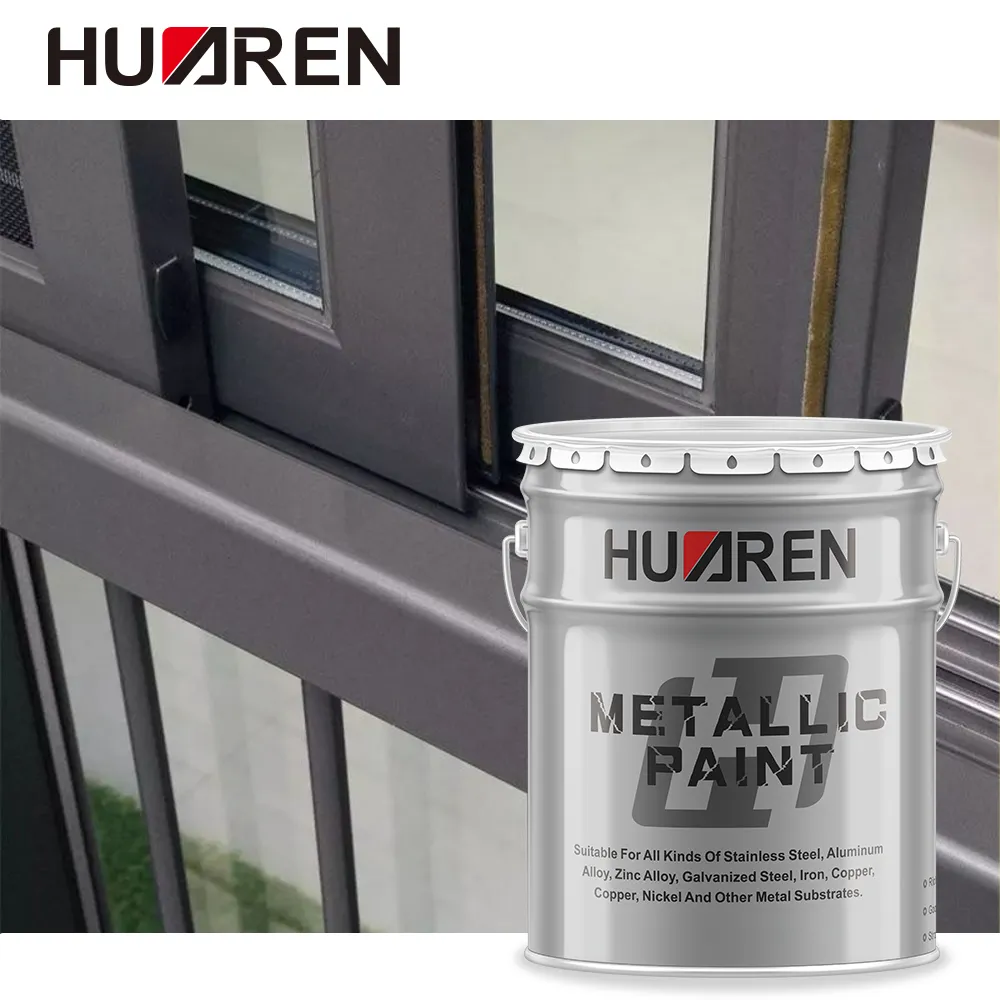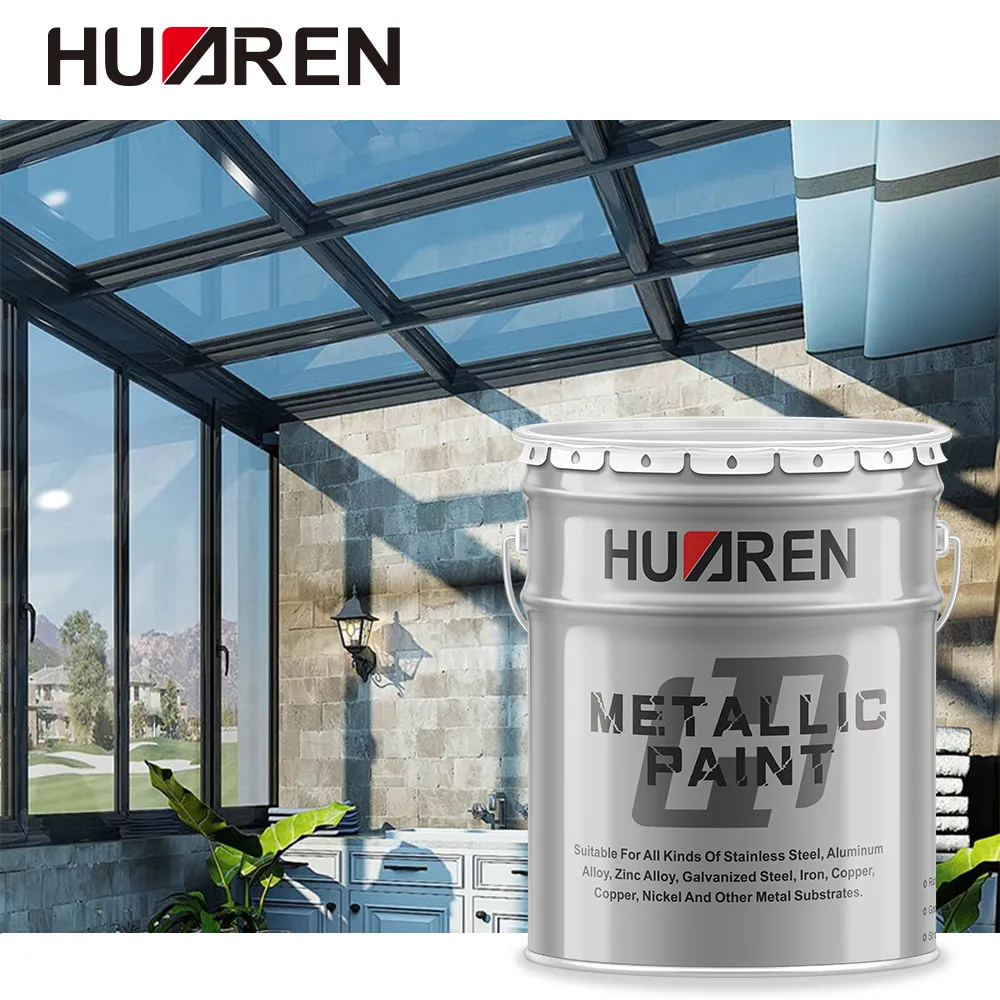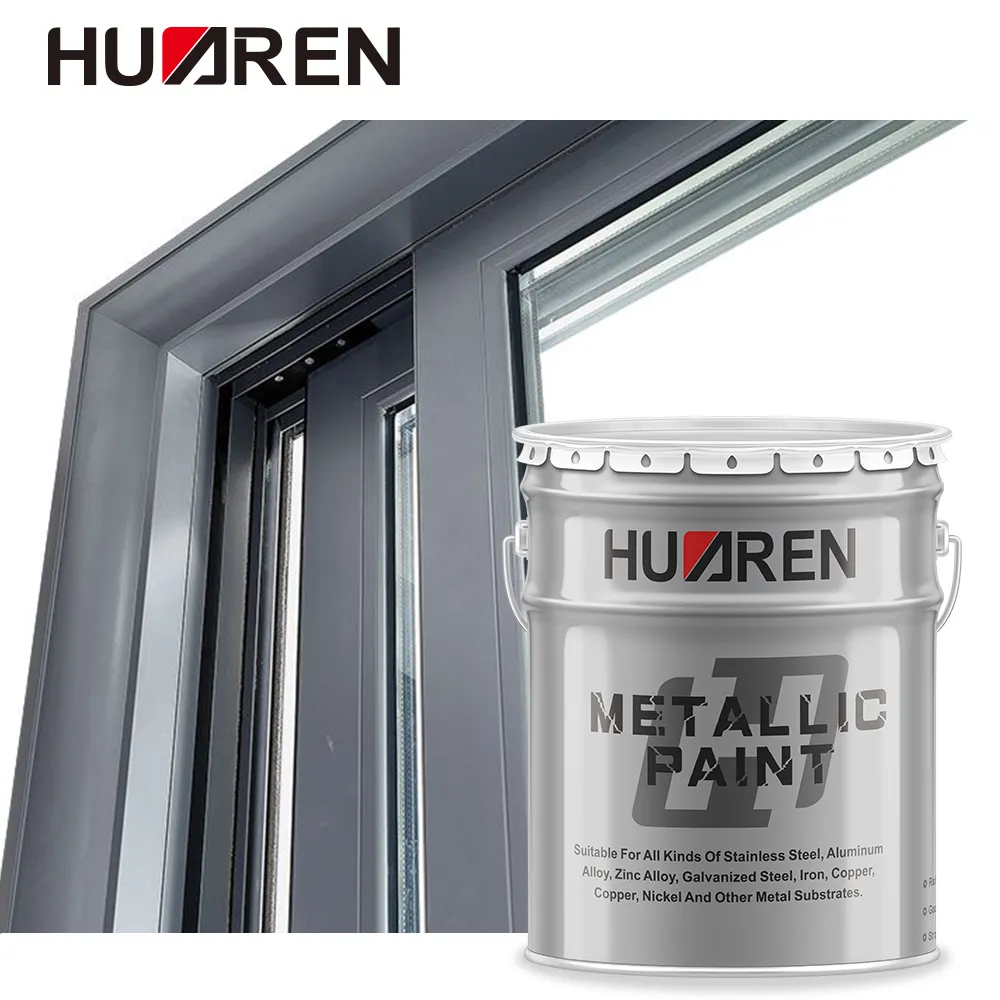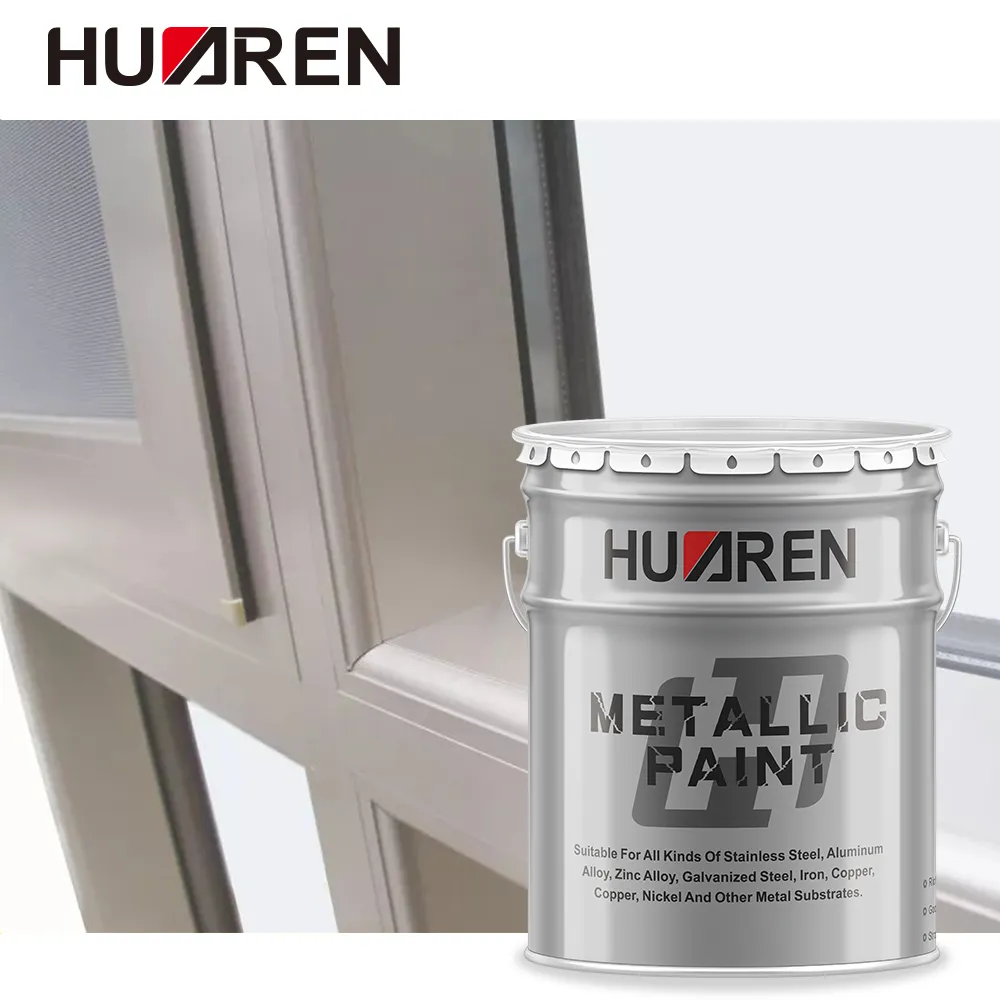Metal products are everywhere in daily life, from cars and ships to household tools and building structures. However, one of the main disadvantages of metal materials is that they are prone to rust. Rust not only affects the appearance of metal, but also weakens its structural strength and even causes safety hazards. To solve this problem, anti-rust primer has become an important measure to protect metal surfaces.
So, how should we operate when using anti-rust primer? Do rusty areas need to be cleaned? This article will discuss in detail the use of anti-rust primer and its specific requirements when dealing with rusty metal.

What is the role of anti-rust primer?
Anti-rust primer is a coating material used on metal surfaces. It forms a dense protective layer on the metal surface to prevent the penetration of oxygen, moisture and other corrosive substances, thereby delaying or preventing the oxidation process of the metal. Anti-rust primer can also enhance the adhesion of subsequent coatings (such as topcoats), reduce the risk of peeling and cracking, and extend the service life of the overall coating system.
In addition, some anti-rust primers contain special anti-rust ingredients that neutralize or inhibit the activity of corrosive substances through chemical reactions, thereby providing additional anti-corrosion protection.
What are the types of anti-rust primers?
Before discussing the use of anti-rust primers, it is necessary to understand several common types of anti-rust primers on the market:
1. Alkyd anti-rust primer: This primer has good leveling and strong adhesion, and is suitable for indoor and outdoor metal surfaces. It has a relatively low cost, but its anti-rust performance is relatively limited, suitable for mild anti-rust needs.
2. Epoxy anti-rust primer: Epoxy primers are known for their excellent adhesion and chemical resistance, and are suitable for metal surfaces that require high-intensity anti-corrosion protection, such as marine environments and industrial facilities.
3. Zinc-rich primer: Zinc-rich primer contains a high content of zinc powder, which can provide cathodic protection and has excellent anti-corrosion effects on metals such as steel. It is widely used in heavy anti-corrosion fields such as bridges and ships.
4. Phosphate primer: mainly used for metal surface pretreatment, which can effectively enhance the adhesion of the coating and prevent metal oxidation. It is suitable for pretreatment before electroplating or painting.

How to use anti-rust primer?
In order to ensure the best effect of anti-rust primer, the correct use method is essential. The following are the general steps for using anti-rust primer:
Clean the metal surface
Before applying anti-rust primer, the metal surface must be thoroughly cleaned. This step includes removing rust, grease, dust and other contaminants on the surface. A clean metal surface can ensure good adhesion between the primer and the metal and enhance the anti-rust effect.
● Remove rust: Use tools such as wire brushes, sandpaper or angle grinders to clean the loose rust on the metal surface. If the rust is more serious, chemical rust removers can be used to dissolve the rust.
● Remove grease: Grease and dirt on the metal surface will affect the adhesion of the primer. It is recommended to use industrial cleaners or degreasers to clean and ensure that the surface is oil-free.
● Wipe clean: The cleaned metal surface should be wiped or blown dry with a clean cloth or air blower to ensure that the surface is dry and dust-free.
Surface treatment
For metal surfaces exposed to harsh environments, further surface treatment, such as sandblasting or phosphating, may be required to enhance the adhesion of the anti-rust primer.
● Sandblasting: Sandblasting can effectively remove the oxide scale and rust on the surface, and form a moderate roughness on the metal surface to increase the adhesion of the primer.
● Phosphating: Phosphating enhances the adhesion of the primer and provides additional anti-rust protection by forming a phosphate film on the metal surface.
Mixing anti-rust primer
Before starting to paint, mix the anti-rust primer to the appropriate concentration according to the requirements of the product manual. Some primers require the addition of curing agents or thinners to ensure their optimal performance.
● Use of curing agent: If a two-component anti-rust primer (such as epoxy primer) is used, the curing agent needs to be added in proportion and stirred evenly before use.
● Thinner selection: When using spray equipment to apply, you may need to add an appropriate amount of thinner to adjust the viscosity of the primer and ensure uniform spraying.
Primer application
After the metal surface is prepared, you can start applying the anti-rust primer. When applying, make sure that the primer covers the metal surface evenly to avoid missing or too thin a coating.
● Manual application: When using a brush or roller for application, pay attention to the uniformity of each brush stroke to avoid brush marks and paint accumulation.
● Spraying: When using spray equipment, adjust the pressure and nozzle size of the spray gun to ensure uniform spraying. If the surface has complex geometric shapes, you can spray multiple times to ensure complete coverage.
● Coating thickness: Coating thickness is crucial for the anti-rust effect. It is recommended to control the thickness of each layer according to the recommendations in the product manual. Generally, the coating thickness of the anti-rust primer should reach 50-100 microns.
Drying and curing
After applying the anti-rust primer, it needs to be dried and cured under appropriate conditions. The drying time depends on the ambient temperature, humidity, and the type and formula of the primer.
● Natural drying: Most anti-rust primers take from a few hours to a few days at room temperature to completely dry and cure. During this period, contact with moisture and dust should be avoided.
● Forced drying: In industrial applications, it may be necessary to use drying equipment to accelerate the drying process of the primer. Please note that the temperature should not be too high, so as not to affect the adhesion and anti-rust effect of the primer.
Applying topcoat
After the primer is dry, the topcoat can be applied as needed. The topcoat not only improves the beauty of the metal surface, but also provides additional protection for the primer.
● Topcoat selection: The choice of topcoat should match the primer to ensure good compatibility between the two. Commonly used topcoats include polyurethane paint, acrylic paint, etc.
● Applying topcoat: Similar to the primer, the topcoat should also be applied evenly to avoid missing coating and brush marks to ensure the beauty and protective performance of the overall coating.

Does the rusty area need to be cleaned?
This is one of the most common questions many people ask when using anti-rust primer. The answer is yes, the rusty area must be cleaned. This is not only to ensure the adhesion of the primer, but also to prevent the rust from continuing to expand under the coating.
Why clean the rust?
The rusted metal surface is usually loose and porous, which cannot provide sufficient adhesion. If the rust is not removed, the anti-rust primer cannot form a strong bond with the metal, and the coating will easily peel off and lose its protective effect. In addition, rust is often accompanied by an oxidation process. If it is not removed, the oxidation reaction will continue, causing the metal under the coating to continue to corrode.
How to clean rust?
● Mechanical removal: Use a wire brush, sandpaper or power tool to manually or mechanically remove the rust layer until the shiny metal surface is exposed.
● Chemical removal: For rust that is difficult to remove mechanically, you can use a chemical rust remover, apply it to the rusted surface, wait for it to react, and then rinse it with water.
● Sandblasting: For large areas of rusted surfaces, sandblasting is an efficient method that can quickly remove rust and provide moderate roughness for the adhesion of the primer.

Summary
The correct use of anti-rust primer is essential for the long-term protection of metal surfaces. Cleaning rusted areas is an essential step before using anti-rust primer. Only in this way can the primer be effectively adhered and anti-rusted. Whether by mechanical, chemical or sandblasting methods, thorough removal of rust is a key step to ensure the best effect of anti-rust primer.
Following the correct construction process and reasonably selecting the appropriate anti-rust primer can maximize the service life of metal products and ensure their stability and safety in various environments.

